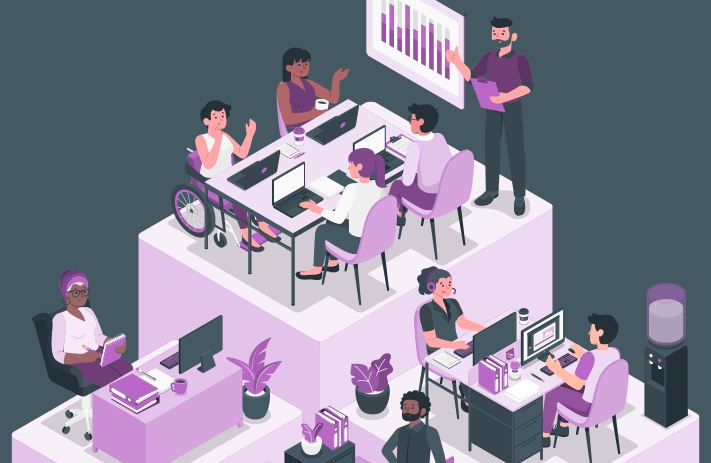
Click the button to start reading
Maximizing Profits: Why Dynamic Pricing Algorithms Are Here To Stay
Well-implemented dynamic pricing algorithms have the potential to increase your profits by double-figure percentages. The bigger the company and the more products, the bigger the impact.
Recent technological advances have made dynamic pricing more accessible and, therefore, more widely deployed than ever before. But it’s not without risks. As much as these strategies can boost revenue and profits, dynamic pricing algorithms can also stain your reputation, alienate customers and cut down your market share.
In this article we explore everything about pricing algorithms, from how they work and the rewards of successful implementation, to different pricing strategies and the potential risks. It’s a lucrative and controversial approach—whether or not to take the gamble will be up to you.
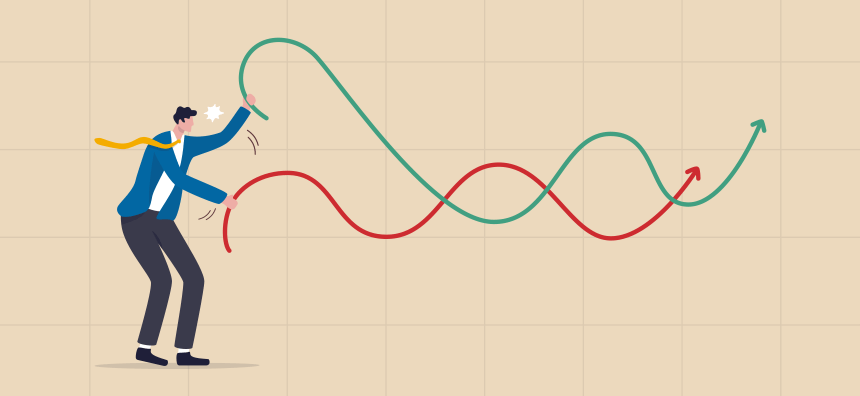
History of dynamic pricing algorithms
It wasn’t so long ago that universally fixed prices were a novel concept. For most of human history, transactions have been a combination of haggling and inventing prices on the spot—if there was an advantage to be taken, good business people took it!
But gradually the world became a much smaller place. Stable and global currencies emerged, consistent and precise manufacturing grew and most industries introduced prices that were fixed, regardless of circumstances and customers. This remains the dominant pricing strategy for most companies today.
However, despite that, we’re all still familiar with dynamic pricing. Consider air travel and hotel bookings: everyone knows that the price you see right now is always subject to change. That’s why we try to book flights far in advance, before the cheaper seats get booked up. By the same token, some vacationers wait until the last minute, hoping that airlines or hotels will drop cut-throat prices to fill voids—looking to get something rather than nothing.
Variable pricing has been a mainstay in these areas for decades. What’s changed is the technology and the number of players in the game. Amazon is known to adjust product prices (across millions of items) multiple times per hour. More famously, Uber (and other ride-sharing services) use dynamic pricing strategies which can make the price of trips absolutely unpredictable; Uber’s “surge” pricing has been known to fly up 500% or higher during peak demand.
What we’re seeing now is an adoption of algorithmic pricing across the broader retail and services industries. To name a few types of business now employing dynamic pricing:
- Online retailers
- Insurers
- Used car dealers
- Car rental
- Utility firms
- Pay-per-click marketers
While this strategically occasionally comes under fire—for example when Uber’s algorithms skyrocket prices during crisis events—it’s impossible to deny that, implemented carefully, dynamic pricing algorithms work.

Benefits of dynamic pricing over traditional pricing
Maximizing profits
The foundational goal of dynamic pricing is to increase a company’s gross profit compared to manual pricing. An extremely basic example might be a retailer that sells IT equipment. It’s currently selling its computer keyboards at $25; the pricing algorithms find that today, the company’s biggest competitor is selling the same keyboard at $35. Your product is automatically repriced at $30, increasing your margin while allowing the customer to save money compared to the competition.
For larger companies, these sorts of micro-adjustments can happen frequently across thousands of products. With advanced algorithms, these changes can be substantial and arise from less-tangible sources. For example, if the new release of Lonely Planet says Iceland is the best vacation country in the world, the algorithms pick up on this buzz and increase the cost of flights to Iceland accordingly.
This ability to consider explicit and implicit dependencies is a key factor behind the power of dynamic pricing. Dynamic pricing allows businesses to simultaneously capture sales they would otherwise miss (for example, by lowering prices during low-demand) and increase margins.
Understanding consumer behaviors
“Price fairness” is at the core of customer loyalty. If a company uses dynamic pricing to create “unfair” prices or is seen to be extorting customers (for example, when retailers blew up the price of soap and hand sanitizer in the middle of 2020) it reflects horrendously on the brand.
By taking an omnichannel approach to pricing with dynamic algorithms, companies can understand what’s driving customers, what their concerns or motivations are, what their perceptions are and much more by assessing various touch points simultaneously. Powerful algorithms can consolidate all of this data along with market data to build optimum pricing—and then push these prices to thousands or millions of SKUs simultaneously and as frequently as needed.
This allows companies to deliver optimum prices for both profit and for managing the customer’s perception of the brand.
Companies delivering top-class omnichannel experiences also align regional online prices with those offered in brick-and-mortar stores, demonstrating a consistent value that many brands struggle to maintain. Leveraging this increase in consumer understanding can improve customer trust and satisfaction while still leveraging the financial benefits of dynamic algorithms.
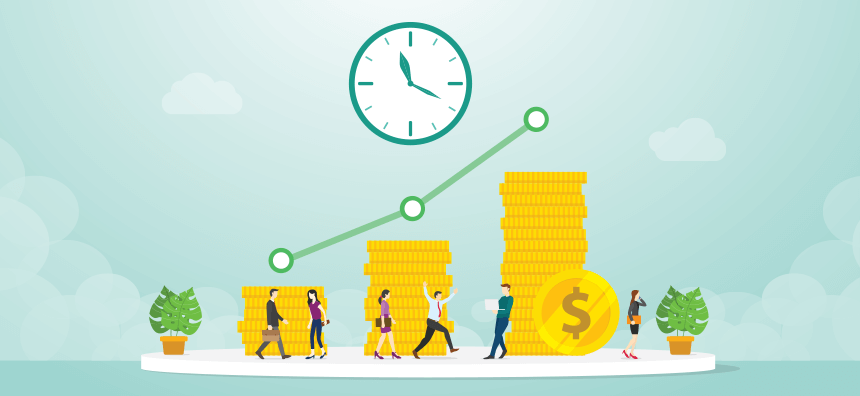
How does dynamic pricing work?
The goal of dynamic pricing is to provide the most profitable price for all your products, based on a wide range of factors, in real-time.
Dynamic pricing algorithms are generally powered by machine learning and artificial intelligence technologies. While these are hugely complex, we can say that these technologies ingest massive amounts of data and use it to calculate the best possible price. This data starts with historical sales & demand data for every SKU, and extends to everything from pricing factors (like procurement costs, competitor prices, marketing spend, and demand cannibalization) to non-pricing factors such as global events or trending opinions.
And these algorithms are working 24 hours a day, sometimes updating prices multiple times per hour across millions of SKUs. Clearly it’s a task that would be impossible (or at least prohibitively expensive and far less effective) with a manual team.
Examples of dynamic pricing strategies
Time-Based
While most of us don’t think about it in these terms, time-based pricing is becoming more and more prevalent in western society. As a rule, this correlates with demand. With ride-sharing for example, the prices are always highest during commuting hours or when bars are closing.
Used cars are famously most expensive at the start of the month, but get progressively cheaper as dealers try to clear stock before the next month. With dynamic pricing, a dealership might actually increase the price of certain vehicles late in the month if they’re seeing a spike in search demand, for example. Many utilities companies have recently introduced time-based dynamic pricing using active learning machine learning algorithms, such as offering cheaper tariffs overnight when grid activity is low.
Segment-Based (or “Price Discrimination”)
This is where businesses sell the same products at different prices, using different channels. We see this all the time with products sold through third parties and it’s increasingly managed by dynamic algorithms which suggest prices based on the wide range of factors mentioned above.
For example, grocery items with the exact same branding and contents will regularly cost more at premium supermarkets than budget ones. The reason is simply that shoppers at the premium supermarket are generally happy to pay the higher price—so why not leverage that?
Market-Based
Market-based pricing is when prices change in accordance with market conditions. For example:
- When lots of people need taxis, taxi fares increase
- When there’s fresh and continuous snowfall, ski resorts get more expensive
- When there’s a product shortage, prices per unit will increase
This is easily the most controversial form of dynamic pricing and it’s something businesses need to be very vigilant about. There has been significant outcry in recent years as customers feel extorted by a brand’s pursuit of profit. However, it is known to be extremely effective at maximizing revenue and is, therefore, extremely profitable.
That said, some industries have adopted market-based pricing with very little objection. For example, we know that as seats book up on flights, the remaining fares get more expensive. Last-minute hotel bookings are usually more expensive than those booked months in advance.
Businesses are still figuring out how to effectively adopt this practice without backlash from customers. Those who figure it out are likely to reap fantastic rewards compared to rival businesses with fixed, static pricing.
Does dynamic pricing improve over time?
In theory your dynamic pricing model should continue to improve (i.e. becoming more effective) over time; such is the nature of machine learning technology. Every calculation, price adjustment and sale can become input data for future price setting.
While this will require some input from a human user (for example, confirming which price adjustments have been successful) the vast majority of learning is built-in to the algorithm. This improvement will be especially pronounced for businesses that don’t start with a large volume of historical data, such as startups or recently digitally-transformed companies.

Build a winning strategy for dynamic pricing
It’s important to remember that even though we talk about “optimal” pricing, this is still a completely subjective idea. All the work these algorithms do is about finding the highest price that customers will accept without negative consequences.
For example, if you were to suddenly hike your prices to capitalize on a catastrophic event, the moral outrage and reputational hit could be titanic. Controlled experimentation is a necessity. By testing prices on small subsections of prices, companies can get invaluable feedback on how much and why customers value their products. By assessing customer responses to price changes, we can learn what works, what doesn’t, and what makes our customers tick.
The findings from these pricing tests can then be collated and formed into company best practices for dynamic pricing. This could include setting price limits or changes to the algorithms themselves, to help find that customer-profit balance.
It is logical, therefore, that companies also monitor their algorithms constantly. We recommend creating a new KPI which monitors the outputs from your algorithms. Part of this is ensuring that your price changes (i.e. increases) never tip the scales of customer loyalty too far—damaged customer loyalty can take a long time to repair, if it’s possible at all.
Over time, your company will learn what kind of price changes are most effective—not just in terms of profit, but customer satisfaction. Companies need to fully understand why customers shop with them, and their perception of the brand, and enable price changes which back up this reputation. This might mean explaining some price rises in your communications, or refraining from increasing prices over certain limits.
Patience is key. As we’re about to discuss, the results of rushing your due diligence, or giving an uncontrolled algorithm immediate control over all your pricing, can be catastrophic. Sloppy automated pricing once saw a biology textbook on Amazon reach a shelf price of $24 million—while this ended up being amusing, such problems can wreak havoc on sales and customer loyalty.
So encourage your organization to stay patient, enjoy any quick wins that crop up, but to keep their eyes on the long-term payoff.
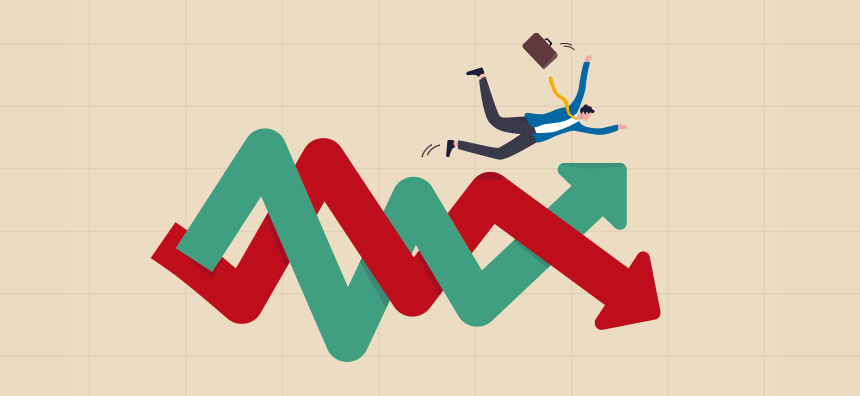
The risks of algorithmic pricing
We’ve alluded to potential after effects on poorly handled dynamic pricing, but this is so serious that we’re going to explore several likely outcomes in more detail.
Exploitation damages customer loyalty
By far the biggest risk with automated pricing is turning customers against your brand. This happens in two dominant ways:
- Reckless “surge” pricing (i.e. market-based pricing)
- Frequent and unpredictable price changes
During a mass shooting event in Seattle in 2020, Uber’s algorithm jacked prices up 500% in response to the huge demand as people desperately fled the area. While this could be put down to an unfortunate mishap, Uber and its peers have continuously come under fire for raising fares to 200-300% of the “normal” rate. But we don’t complain when airlines increase their prices due to demand, right?
The primary difference is psychological—when we see Uber increase its prices during high demand, it feels exploitative. Greedy. There is a very good chance that Uber’s biggest problem here isn’t the use of surge pricing itself (which we know works in other industries) but how it is communicated.
Here are 2 things Uber could do differently to bring price changes in-line with its brand principles and keep customers on side:
- Give a good reason for increased prices
—Uber could state on its app that during extremely busy periods (for example during commuter traffic) rides are much slower. Surge pricing is applied in order for drivers to earn a respectable wage despite making fewer journeys per hour.That’s a compelling message. Perhaps Uber could come up with other emotionally-resonant explanations for other circumstances where surges are applied.
However, what the company currently says is this: “In these cases of very high demand, prices may increase to help ensure that those who need a driver can get one.”
This message is shocking. They’re saying that because it’s busy, they’re going to charge more money so that there’s always cars available…so the wealthy can always get a ride? For a company that launched itself as an affordable alternative, this stance makes price surges a significant negative, rather than a necessary evil.
- Make “normal” prices “low demand rates”
—Another option is to reposition their market-based price changes. Instead of using terminology like “surge pricing”, they could position their average prices as good deals since there’s low demand. Then when demand peaks, the company applies its “usual” rates.The messaging here would need to be improved, but we’ve seen this simple strategy of repackaging your offers work for other businesses.
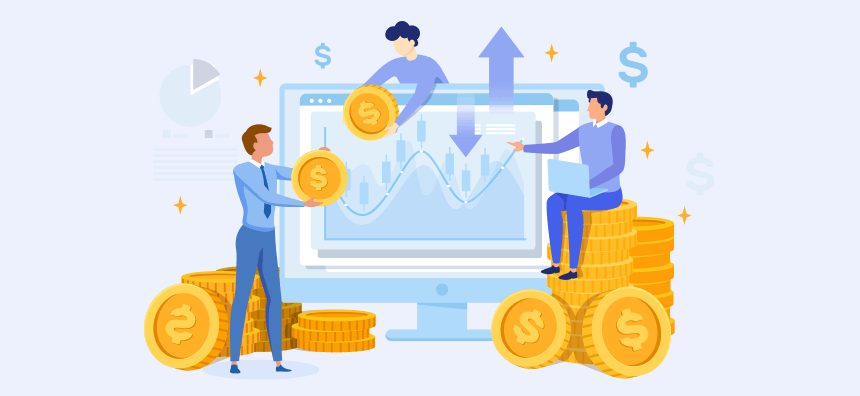
Uncontrolled pricing
We already discussed that in the early adoption stages, it’s essential to have humans approve pricing suggestions and to work slowly, testing continuously to ensure your pricing doesn’t alienate customers. But once dynamic pricing is in full swing for a large company, there should still be a team dedicated to monitoring and controlling the algorithm.
One of the biggest reasons is that computers can’t (yet) account for the human psychology of pricing. When prices come down purely to the 1s and 0s, the computer will find the “optimal” price…but for whom?
They’ll identify the price that is most fitting based on a huge range of factors, but sometimes a human being is required to say “No, this price won’t work for our customers.” To say that the risk is too high or the price is simply unfair; there is a moral element which must be considered when applying dynamic algorithms.
Conclusion
Dynamic pricing algorithms have the potential to transform the profitability of your company. When managed effectively, you can increase margins and squeeze extra revenue out of every transaction without reducing the overall number of sales. Even better, strategically lowering prices can capture sales which would have otherwise passed by.
However, we now know that this is a double-edged sword. It is much easier to let dynamic pricing algorithms wreak havoc than to control them. That’s why, when implementing any kind of dynamic pricing strategy, you must pay close attention to the psychological human element and make sure the algorithms don’t spiral out of control and produce crazy numbers.
It’s a lot to manage. However, we are living in an era of unprecedented global competition. Businesses need to eek out every single advantage they have, and dynamic pricing might just be the biggest competitive advantage of the last decade.




